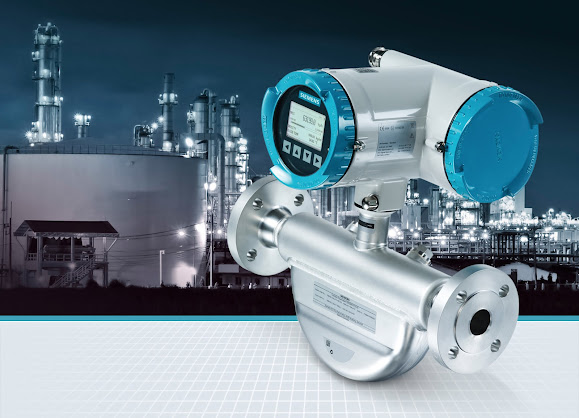All You Need To Know About Pressure Transmitters
Pressure transmitters are a critical instrument in oil and gas exploration, manufacturing, and other industries. The applications of Industrial pressure transmitters and sensors are diverse, but they all have one thing in common: They measure the pressure of gas or liquids to help engineers monitor the state of their system. In this article we'll explain how pressure transmitters work, what types exist and where you can find them for sale!
Types of Pressure Transmitters
There are three common types of pressure transmitters:
- Absolute pressure transmitter: measures the absolute or gauge pressure of a fluid. This type of sensor is typically used to measure air and gas pressures, but it can also be used for liquids if they don't contain any suspended solids or other particles that may affect its accuracy.
- Differential pressure transmitter: measures both high and low sides of a differential between two points in a system, such as oil wells and pumps (in which case you would use it to measure what percent of oil was flowing through). It's also commonly used as part of industrial process control systems where you want to measure how much air is being pumped into tanks or vats filled with water/liquids--you could then compare those results against previous measurements taken from those same tanks/vats so that you have some idea about whether all your equipment is working properly at all times.
How pressure transmitters work
Pressure transmitters work by converting pressure into an electrical signal. They are used to measure pressure in a wide range of applications, including medical devices, aircraft engines and power plants. There are many types of pressure transmitters, which can be used for different applications:
- Differential Pressure Transmitters - These devices detect the difference between two pressures by measuring the change in flow rate or volume across two points in your system that have different pressures. This information is then displayed on a gauge or digital display that you can read easily.
- Absolute Pressure Transmitters - These instruments measure absolute (or gauge) values as well as positive and negative relative values simultaneously with one instrument by using differential technology; this allows them to provide accurate readings even when there's fluctuating temperatures involved (such as during an earthquake).
The applications of pressure transmitters
The applications of pressure transmitters are varied and diverse. They can be found in almost any industry and application, from automotive to medical and beyond.
Here are some of the most common uses for these devices:
- In an industrial setting, a pressure transmitter may be used to measure the amount of liquids in tanks or pipes as they're being filled with water or other fluids. This can help ensure that you don't overfill your tanks or pipes with too much liquid, which could cause damage to them over time due to excess weight on top of what they were designed for when empty (or even partially full).
- Pressure transmitters are also commonly used by hospitals because they provide accurate measurements about how much air pressure is inside an individual patient's lungs and therefore determine whether he/she has pneumonia or another lung disease that would require treatment from doctors immediately if left untreated!
Conclusion
We hope that this article has helped you to understand what pressure transmitters are and how they work. As you can see, there is a lot more to them than just measuring pressure. They have many applications in industry and science, so it's important for everyone to know about them!


Comments
Post a Comment